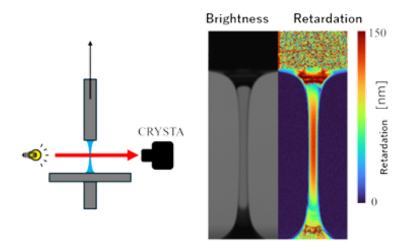Feature
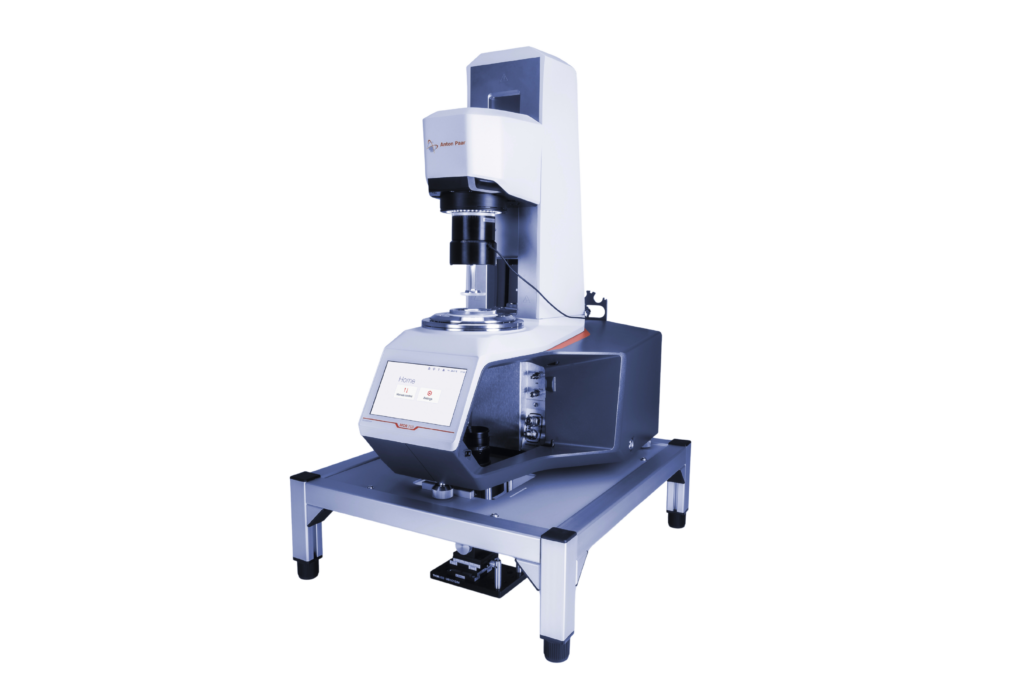
Polarized Rheo Imaging System Rheo-Iris
Rheo-Iris enables simultaneous measurement of physical properties and structural changes in soft matter.
The polarized rheo-imaging system Rheo-Iris uniquely combines Anton Paar’s rheometer (MCR series) with the polarized high-speed camera CRYSTA. This integration allows researchers to obtain rheological property data and visualize structural changes in real time. Such simultaneous analysis greatly accelerates the development of new materials and the optimization of materials for specific applications.
*MCR is a registered trademark of Anton Paar.
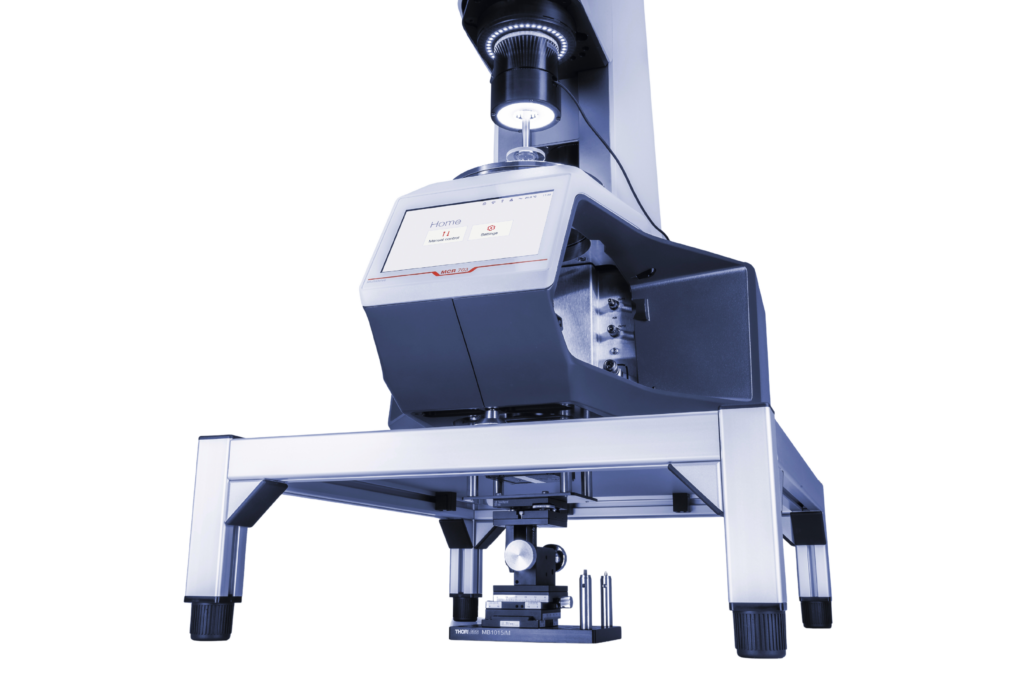
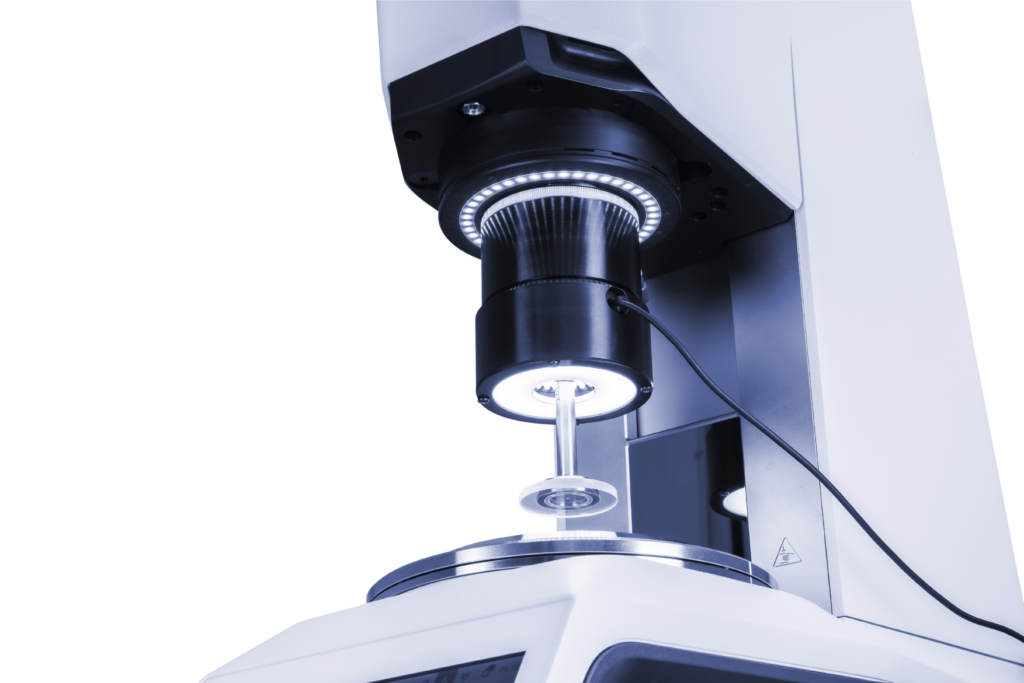
Birefringence Measurement
The properties of soft matter change in response to external stimuli, reflecting variations in their internal structures. These responses differ greatly depending on the material. Understanding what kinds of internal structures are formed, under which conditions, and how they evolve is essential for efficient material design and development. Because birefringence is directly related to structural changes, measurements using a polarized high-speed camera are highly effective for new material development.
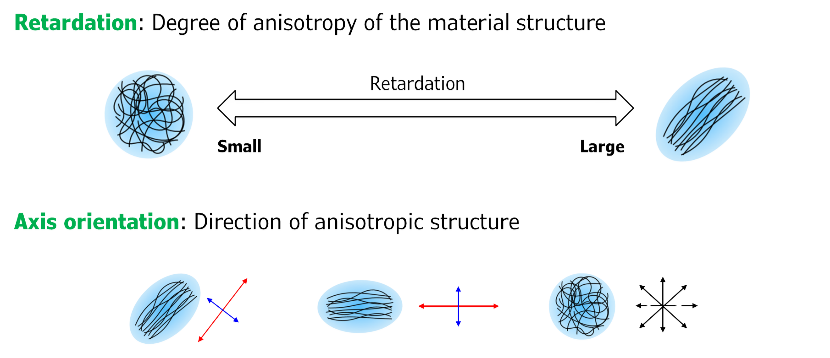
The example below shows how a rheometer visualizes and quantifies changes in the internal structure of a cellulose nanofiber (CNF) sample under stress. By capturing structural changes with polarized imaging, it becomes clear that different stress levels lead to different functions, such as maintaining shape or improving flowability.
Dichroism Measurement
Dichroism refers to the phenomenon where the attenuation of light depends on the orientation of its polarization. When large anisotropic structures form within a material, visible light scattering alters the polarization state between incidence and transmission. In such cases, birefringence-based algorithms cannot provide correct values, since the change in polarization is influenced not only by refractive index differences but also by light scattering.
By applying dichroism-based algorithms, it is possible to evaluate structural characteristics through dichroism values and the orientation of their principal axes. This enables more accurate polarization analysis in various types of soft matter.
The example below shows dichroism measurements of a liquid crystal solution. In the static state, it forms a cholesteric phase, which transforms into a nematic phase under flow. The time evolution of the structure was observed at shear rates of 10 s⁻¹ and 100 s⁻¹. At 10 s⁻¹, thread-like textures aligned with the flow direction appear, whereas at 100 s⁻¹ these textures disappear, leaving a nearly uniform dichroic distribution.
Two-dimensional dichroism imaging thus allows spatially resolved and quantitative evaluation of complex processes such as the formation and collapse of macroscopic textures.
constant shear rate of 10 s-1
constant shear rate of 100 s-1
Reflection measurement options
For materials whose structures are strongly temperature-dependent—such as polymer melts and liquid crystals—precise temperature control is critical.
In such cases, the measurement stage must be enclosed by a hood, which makes transmission measurements impossible. The reflection measurement option overcomes this limitation, enabling polarized imaging under controlled thermal conditions.
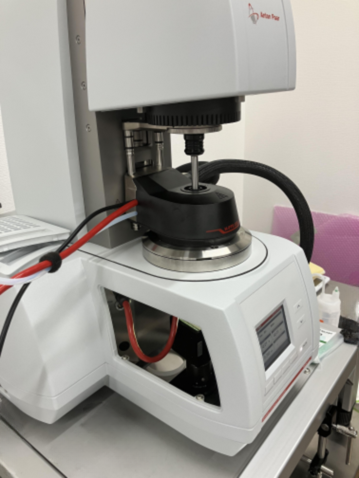
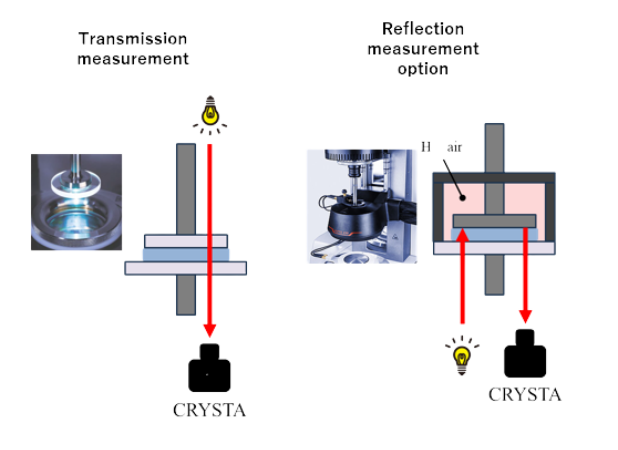
The data below shows an aqueous surfactant solution measured in reflection mode. Certain surfactants exhibit strong temperature dependence in their structural formation. At 20 °C, both shear viscosity and internal structure were evaluated. Birefringence began to increase where viscosity decreased (shear thinning), and high-birefringence regions expanded toward the center of the flow channel with increasing shear rate. However, non-uniform birefringence distributions appeared near points of discontinuous viscosity change, indicating abrupt structural transitions. After flow cessation, birefringence initially spiked and then decayed rapidly.
Thus, reflection measurements allow visualization of the entire flow field with precise temperature control, providing structural information not accessible through transmission measurements.
Uniaxial Extensional Rheometry Option
The uniaxial extensional test evaluates material elongation by measuring the stress–strain relationship under uniaxial stretching. Many soft matter processing phenomena cannot be explained by shear flow alone, making it essential to understand extensional flow behavior.
With polarized high-speed imaging, Rheo-Iris can capture both stress and molecular orientation dynamics. This enables detailed evaluation of polymer orientation, local stress concentration during elongation, and the relationship between droplet deformation/division and molecular orientation.
The example below shows measurements of an aqueous surfactant solution. During elongational flow, birefringence (retardation) increased, but after flow cessation, it decreased due to relaxation.

